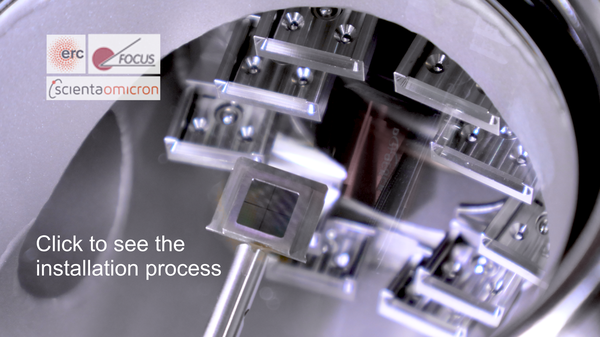Quantenwissenschaft und -technologie Highlight 2024
Im Vorfeld des Internationalen Jahres der Quantenwissenschaften und -technologien 2025 wird der Jülicher Quantensensor des PGI-3 im Quantenblog der Zeitschrift physicsworld als eines der Highlights des Jahres 2024 genannt.







